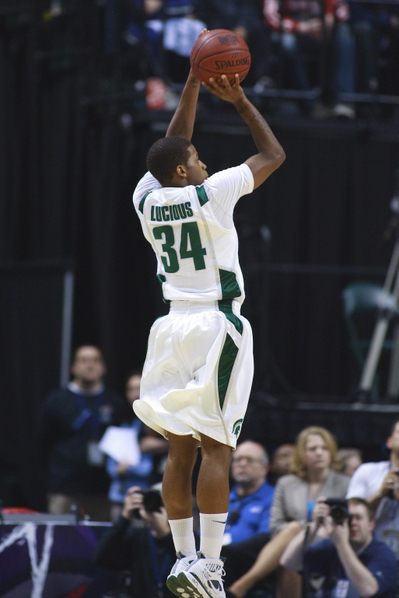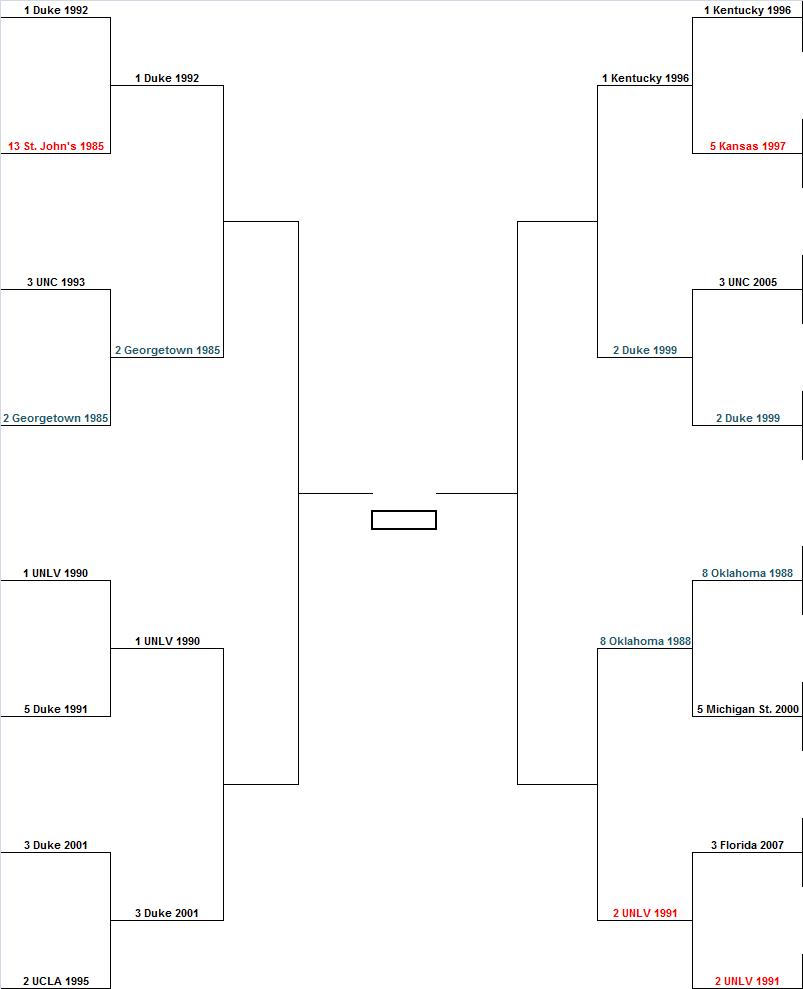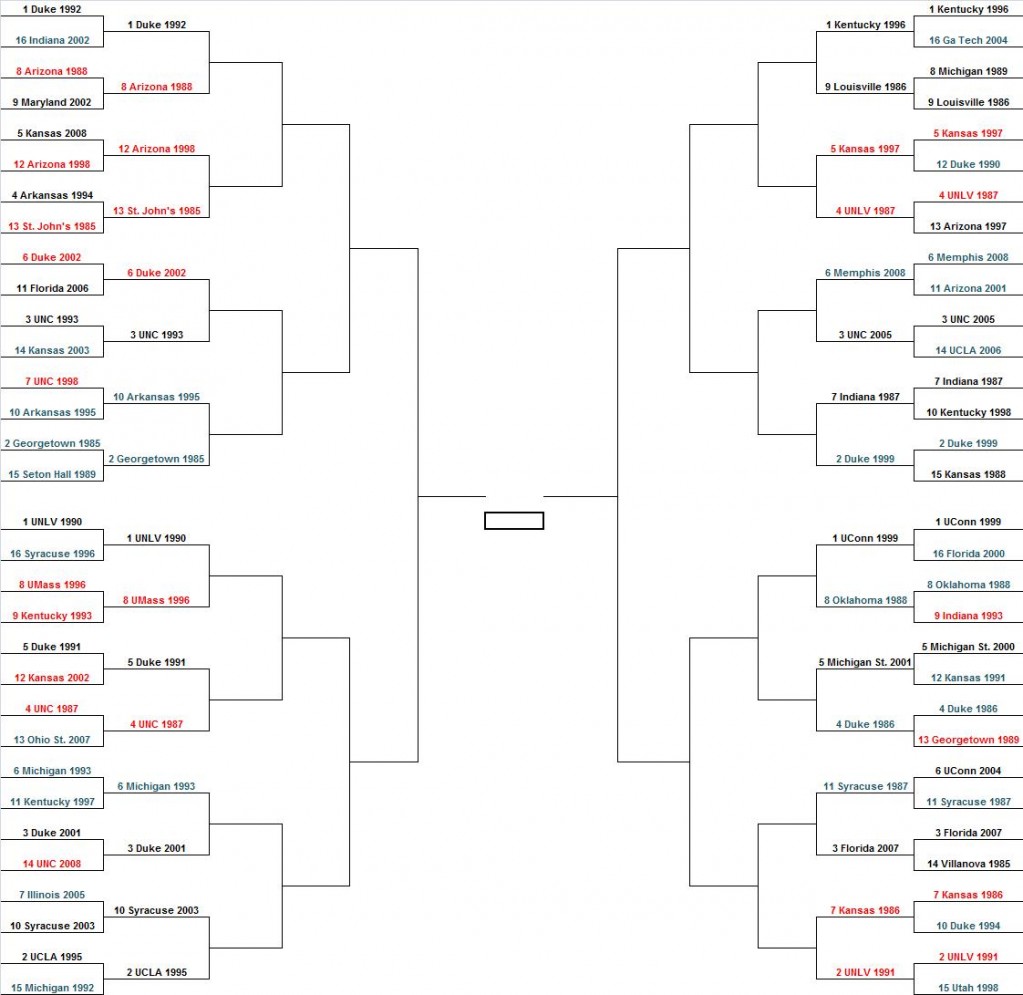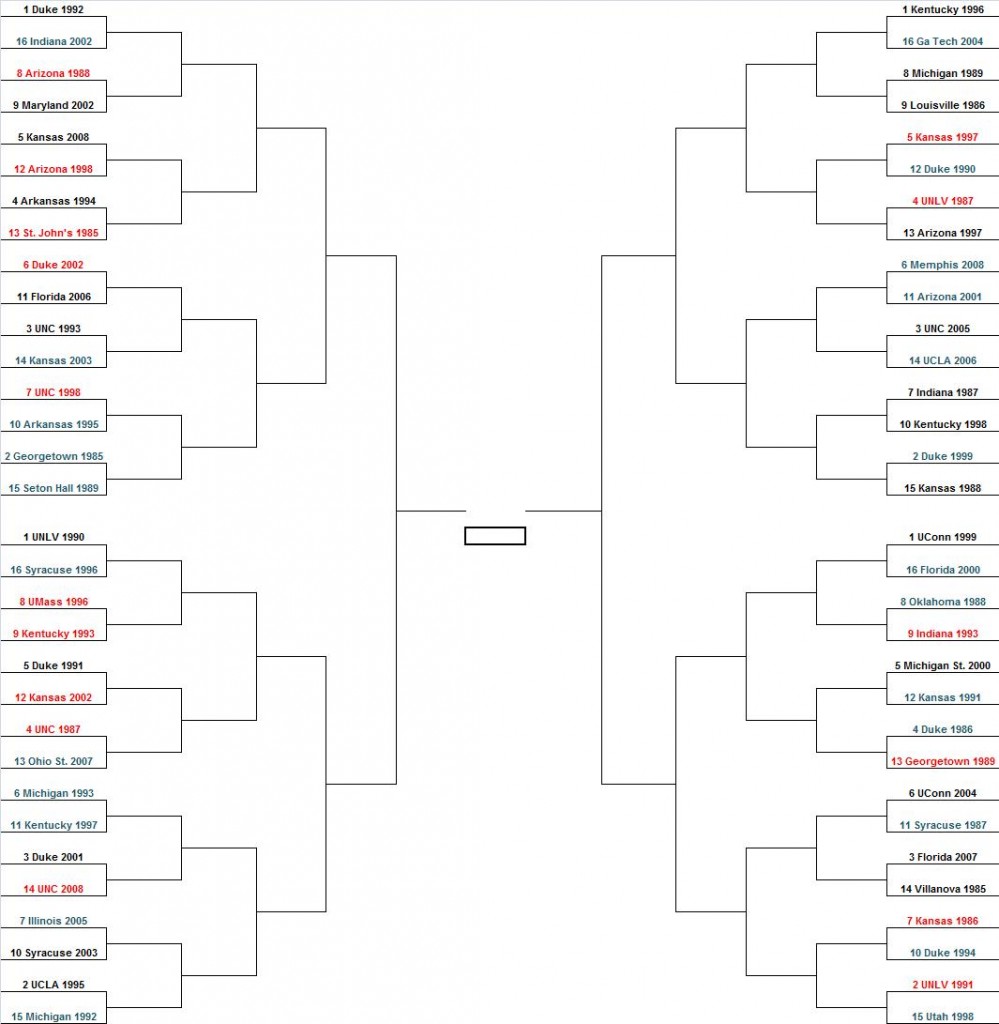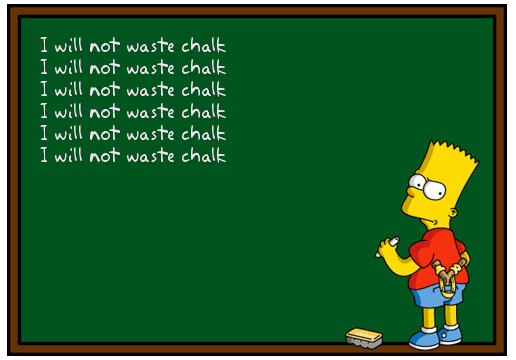Why North Carolina Will Win…
Posted by rtmsf on April 3rd, 2009As part of our ongoing attempt to bring you the best college basketball coverage anywhere, we enlisted the editors from the finest blogs we could find to write posts explaining why their team will win tomorrow.
This submission is from our friends at Carolina March.
Three Reasons Why UNC Will Be Cutting Down the Nets
Experience. UNC starts three seniors and two juniors, all who made the Final Four a year ago and the Elite Eight a year before that. Only Connecticut has that level of seniority, and this is their first trip to the final weekend. This isn’t even this team’s first trip to Ford Field; they rather handily disposed of a Michigan State team by 35 points back in November. I wonder what became of that Michigan State team?
Scoring. You can’t win games solely by scoring a lot of points, but it helps. And UNC certainly can do that well. They’re the top team in offensive efficiency for the season, third highest team in conference-only offensive efficiency, and if you don’t care how efficient they are, they’ve quite simply scored more points this season than any other team in college basketball.
Speed. No major conference team in the country runs at a faster tempo than the Heels – Missouri was getting a full three possessions less per game. If you don’t get back on defense immediately, you’ve given up two points. If you don’t get your offensive rebounds – and you won’t – it’s two points. Turn it over? Two points. And this wears on you as the game goes on. Unless UNC’s opponent is particularly deep or in shape, they inevitably fade at the eight minute mark, like LSU did in the round of thirty-two. Carolina has the bench depth to keep throwing bodies at you during the game, and they will to use it. Hell, Justin Watts got playing time in the the first half of the Oklahoma game, and there are members of his own family who don’t know who he is. Villanova’s the only team with the bench depth to match Carolina, although the talent is a bit shallower. If the Heels play at their preferred pace, look for their opponents to be sucking wind by the end of the game.





























